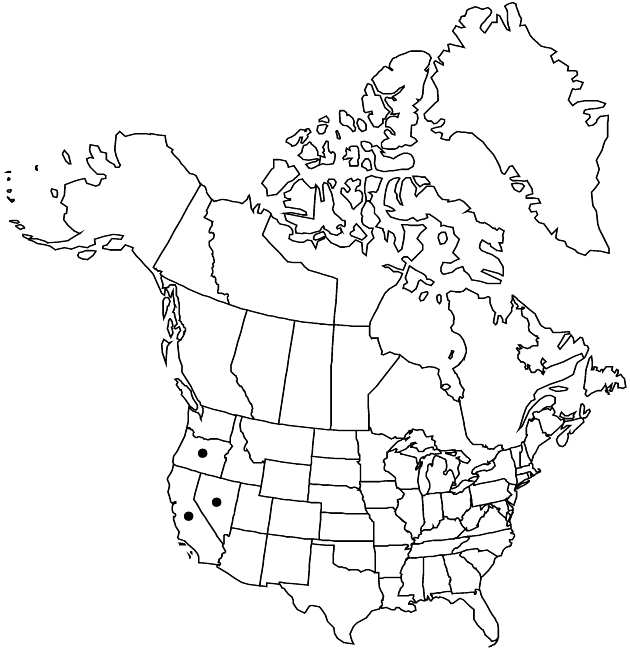Difference between revisions of "Dieteria canescens var. shastensis"
Sida 20: 1396. 2003.
Endemic
Basionym: Machaeranthera shastensis A. Gray Proc. Amer. Acad. Arts 6: 539. 1866
Synonyms: Aster shastensis (A. Gray) A. Gray M. canescens var. shastensis (A. Gray) B. L. Turner
imported>Volume Importer |
imported>Volume Importer |
||
| Line 64: | Line 64: | ||
|publication year=2003 | |publication year=2003 | ||
|special status=Endemic | |special status=Endemic | ||
| − | |source xml=https:// | + | |source xml=https://bitbucket.org/aafc-mbb/fna-data-curation/src/2e0870ddd59836b60bcf96646a41e87ea5a5943a/coarse_grained_fna_xml/V19-20-21/V20_914.xml |
|tribe=Asteraceae tribe Astereae | |tribe=Asteraceae tribe Astereae | ||
|genus=Dieteria | |genus=Dieteria | ||
Latest revision as of 20:06, 5 November 2020
Annuals, biennials, or short-lived perennials. Stems 1+, ascending to erect, canescent, sometimes sparsely stipitate-glandular; branches ascending (curved, flexible). Mid leaf blades lanceolate to oblanceolate. Peduncles equaling or longer than involucres. Involucres narrowly to broadly turbinate, 6–10 mm. Phyllaries in 3–5(–7) series, appressed, spreading, or reflexed, apices often canescent, stipitate-glandular. Ray florets sterile or 0. Cypselae sparsely appressed-hairy. 2n = 8.
Phenology: Flowering Aug–Oct.
Habitat: Grasslands, pine forests, sagebrush scrublands
Elevation: 1200–3400 m
Distribution

Calif., Nev., Oreg.
Discussion
Variety shastensis is found in the Cascades, Sierra Nevada, and adjacent intermountain regions
Selected References
None.
Lower Taxa
None.